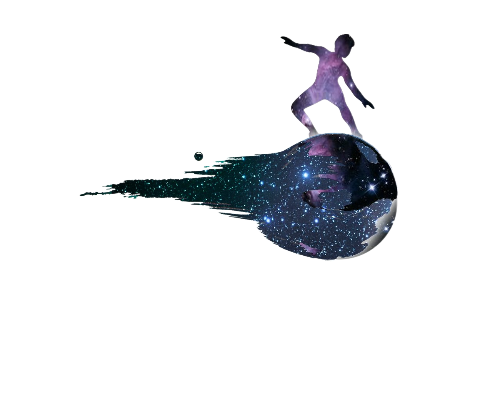The ultimate list of Light pollution and Multi-narrowband filters
updated: 24.04.2023
What light pollution and narrowband filters are?
Amateur astronomers say that the best light pollution filter is gasoline. They are not wrong as no filter can replace a dark and clear sky. But when our only choice is the city sky then a light pollution filter can be a valuable ally. These filters are divided into broadband and narrowband, i.e. broad and narrow spectrum, and are what their name suggests. The former allows a greater spectrum of light to pass through them creating images with more natural colors and ignoring spectrums of artificial lighting such as street lamps. The narrows capture exclusive regions of the light spectrum emitted by celestial bodies and therefore allow greater rejection of light pollution as well as moonlight. Broadband filters behave better with stock DSLRs while narrowband filters with monded DSLRs, color or monochrome CMOS, and CCD cameras, neither of which work particularly well in open clusters and galaxies although this has recently tended to change. The main objects in which they serve us ideally are nebulae.
Personally, the light pollution filters have never satisfied me in a wide field astrophotography test but I live in Bortle 9 zone where they could hardly be successful. Trying them in a darker sky they performed better but I found it very difficult to get the photo to an acceptable white balance, especially on the stars, and to eliminate the strange color patterns it produced. I've tried quite a few good filters like the IDAS LPS-V4 and the Astronomik CLS-CCD Filter and I wasn't thrilled. Of course, this does not mean that they can not satisfy someone with different conditions, setups, and levels of experience. The narrowband filters as well as the inline are clearly more useful and more playful since they give you flexibility in processing (LRGB, HaRGB, HaGB, Hubble Palette) and have changed a lot of the results that one can get from a DSLR or OSC under extreme light pollution conditions. Below one can find summary tables with the filters on the market by type of photography.
Image by Lonely Speck
Landscape astrophotography filters
These filters are usually inserted in front of our lens. They can be distinguished into thread filters which are round or square and rectangular filters that are inserted into a particular system on our lens and reduce the light pollution that comes from city lights. The manufacturing companies although well-known for creating daylight filters, do not specialize in astrophotography, so they are rarely preferred by amateur astrophotographers.
Deep sky light pollution filters
Probably the most used filters in the history of modern amateur astronomy, are a well-established choice of deep-sky astrophotographers throughout city skies. The newer versions of these filters try to reduce light pollution from LED lamps as well. Reviews are mixed as in many setups they create more problems claim to solve.
Image by astrosurf
Multi narrowband filters
These filters are highly regarded by the amateur deep-sky astrophotography community using color & mono CMOS sensors as they allow images to be created in a variety of color palettes. They usually record two or more main bands of the spectrum that the astronomical objects emit. The following table does not include narrowband "in line" single band filters as they are too many since each company has created filters in various sizes and nm.
Light pollution filters cut the light off our sensors and therefore the shooting times increase, often significantly. If you don't have a tracker or very bright lenses you should probably invest in one of these before buying filters. We always choose our filters according to the setup we have and the type of astrophotography we are doing after thorough research so that our money is not wasted.





